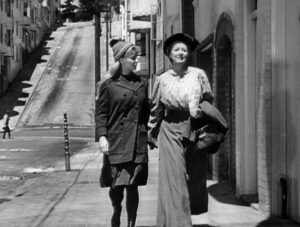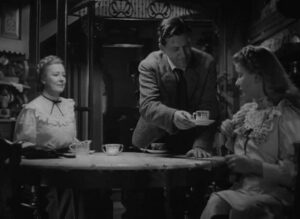
 How did a small country with no real mercantile or colonial power manage to become one of the most avid consumers of coffee back when it was a hard-to-get luxury?
How did a small country with no real mercantile or colonial power manage to become one of the most avid consumers of coffee back when it was a hard-to-get luxury?
Between 1780 and 1795 in Norway, an average of 200-350 grams of green, unroasted coffee per person was imported every year (population at the time: around 750,000).
Today, this is equivalent to the weekly consumption of the average Norwegian, but keep in mind this was still considered somewhat of a luxury. England, at the time a colonial superpower, averaged around 30 grams per person—less than three cups of coffee a year!
At this point, you might be wondering how Norway, quite poor, two hundred years away from striking oil, subsisting primarily on fishing and farming—with a whopping 3.3% arable land—could afford all this exotic luxury?
Quite simply because Norwegians could get coffee at a discount, in a way that still has relevance: through duty free shopping!
As Norway was ruled by Denmark at the time, it benefitted from Denmark’s control over a so-called free port located in St. Thomas, in what is now the Virgin Islands: goods imported through this free port to Denmark or Norway was considered domestic trade, and was therefore exempt from duties and taxes. At the time, 90% of the coffee making it into Norway came through Copenhagen, at a price well below the European average.
Entrepreneurial types even took it upon themselves to smuggle coffee into Sweden by way of boat, an amusing reversal of the modern Swedish-Norwegian border trade.
At the end of the 18th century, coffee had still not established a foothold in the districts, but in larger port cities like Christiania and Bergen its availability was such that the everyman could afford it. For instance, coffee had become quite popular with seasonal workers, who splurged in order to impress women.

